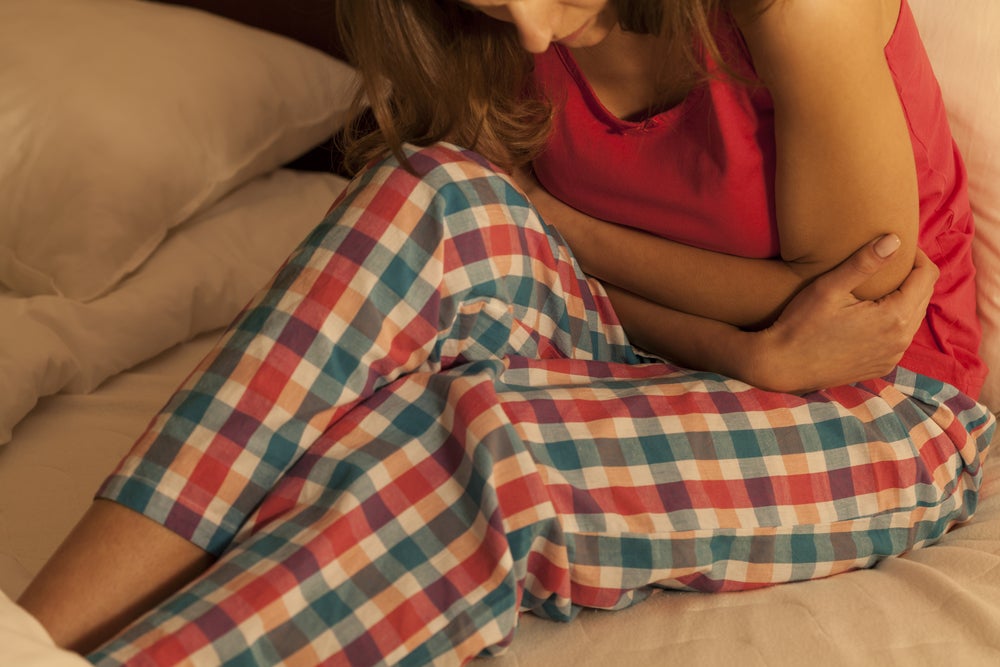Trigger Point Therapy for Chronic Pelvic Pain
Chronic pelvic pain can be one of the most frustrating gynecologic conditions because it doesn’t always have an easy treatment solution. Pelvic pain in women can be caused by a long list of conditions from fibroids to endometriosis to vulvodynia. Some of the conditions that cause pelvic pain are well studied and have successfully proven treatments, while other conditions aren’t well understood yet.
Treating Chronic Pelvic Pain
For 10 to 30 percent of women suffering from chronic pelvic pain, the cause of the pain originates from the muscles in the abdominal wall. Identifying the cause of the pain can be a great relief, but where do you go from there? Unlike gynecologic conditions like fibroids or endometriosis, generalized pain in the abdomen doesn’t have a standard treatment regimen.
Some women find that physical therapy, chiropractic care, acupuncture and myofascial release massage can be helpful at relieving some chronic pelvic pain. Another promising treatment on the horizon for chronic pelvic pain is a series of local anesthetic injections of lidocaine within certain muscle trigger points in the abdomen. Trigger points are irritable parts of your muscle or fascia (the thin membrane that covers muscle) that are painful and don’t have a specific cause like injury or infection.
Trigger Point Therapy for Chronic Pelvic Pain
In a study published just last month in BMC Anesthesiology, the efficacy of trigger point injections for chronic pelvic pain relief was evaluated. The use of trigger point injections isn’t new – lidocaine injections in the back and neck have been literal lifesavers for some people living with debilitating back pain. This study, however, was the first time that trigger point injections were studied for use in women with chronic pelvic pain.
Women of reproductive age were given lidocaine injections into the trigger points in their abdomen once a week for four weeks. The women reported significant pain relief at one, four and twelve weeks following treatment. These results are hopeful for women who haven’t found a treatment that works to relieve their chronic pelvic pain.
The unfortunate and frustrating reality of living with chronic pelvic pain is that most women have to try numerous treatments before they find the one that provides relief. It can be challenging to advocate for yourself when you are struggling and in pain, but if one treatment isn’t working for you, it’s important to let your doctor know.
Content Sponsored by: MIRI Women – The Minimally Invasive Reproductive Surgery Institute (MIRI) brings together highly skilled, board-certified specialists who are focused on women’s health. Our team of professionals is trained in advanced gynecology, specifically hysterectomy surgery. Philosophically, our partner physicians take a “less is more” approach to health care, by first treating patients with the most conservative therapies. MIRI focuses on physical healing, while emphasizing that a patient’s emotional well-being is just as important.
Reference:
Montenegro, M. L., Braz, C. A., Rosa-e-Silva, J. C., Candido-dos-Reis, F. J., Nogueira, A. A., & Poli-Neto, O. B. (2015). Anaesthetic injection versus ischemic compression for the pain relief of abdominal wall trigger points in women with chronic pelvic pain. BMC anesthesiology, 15(1), 1.







